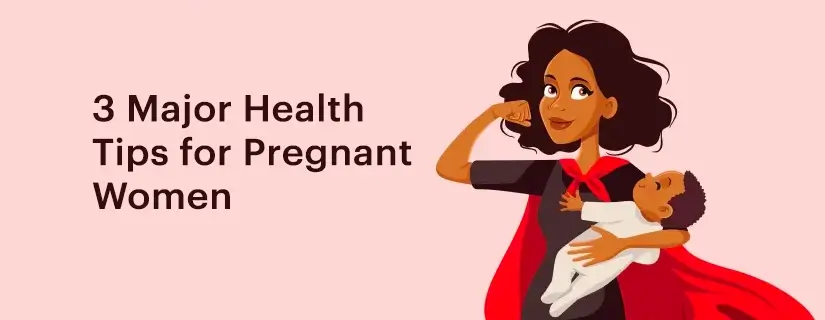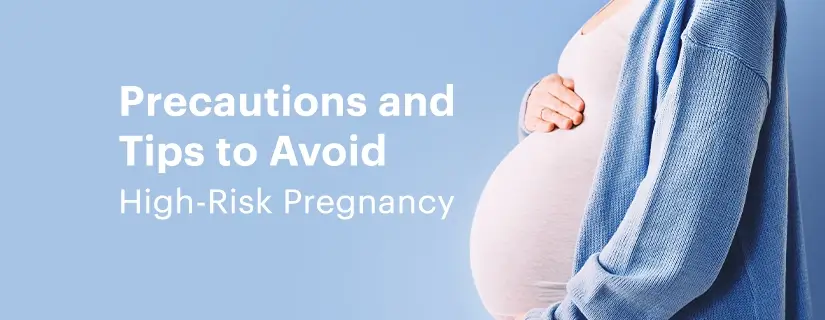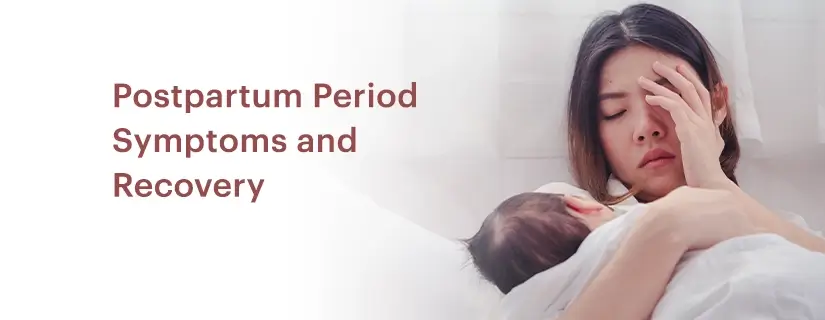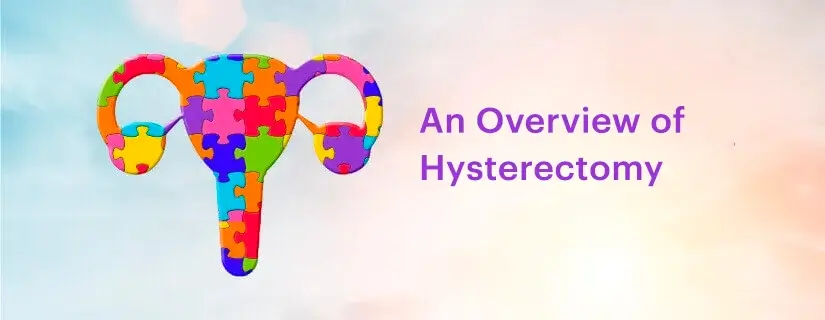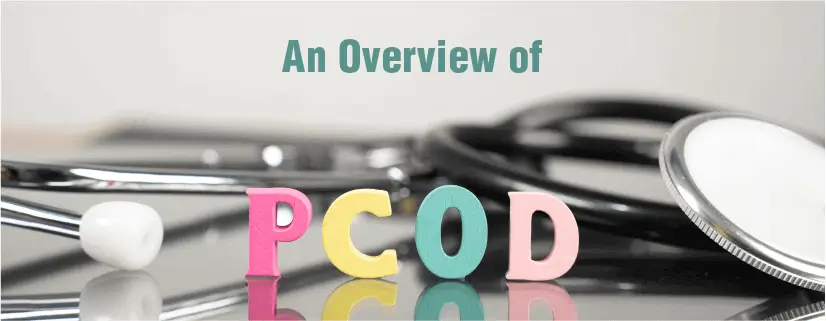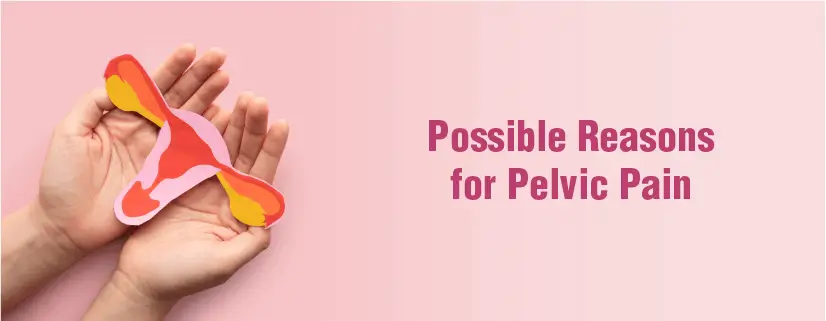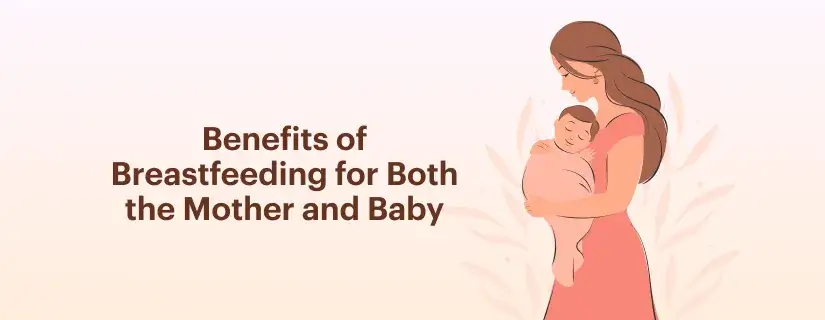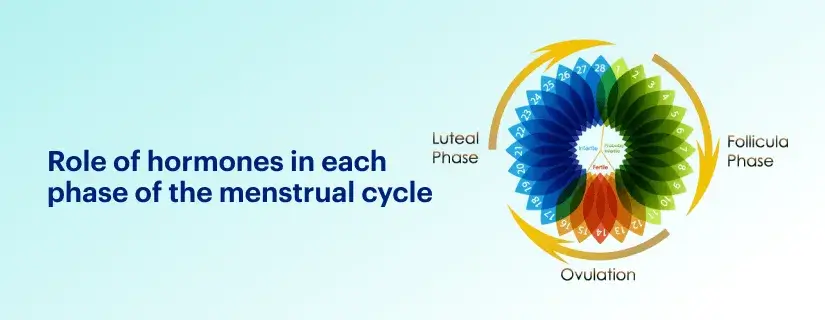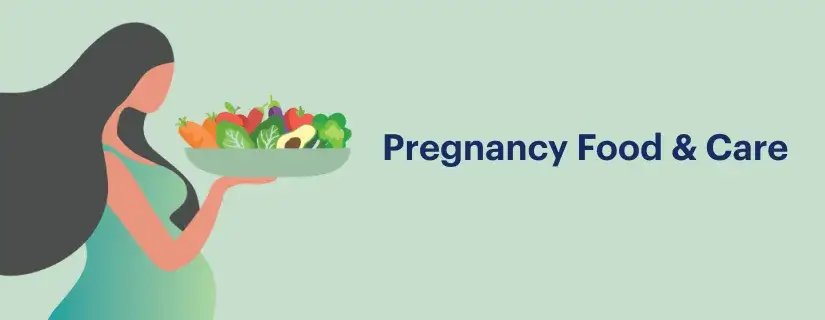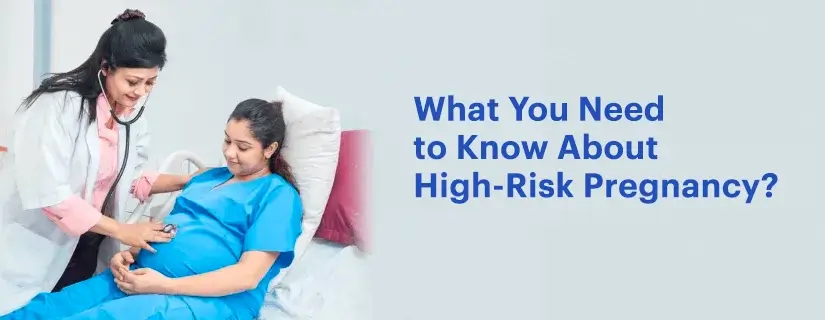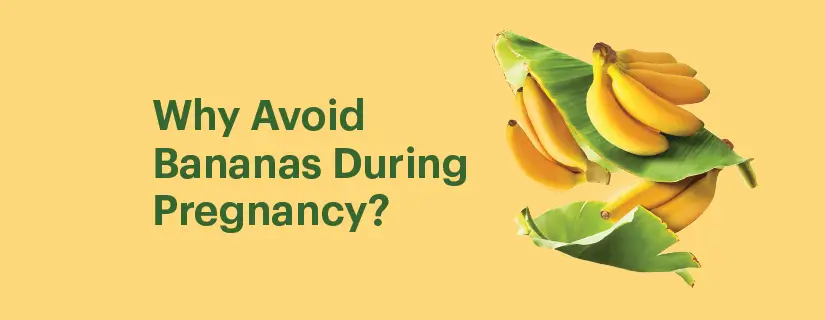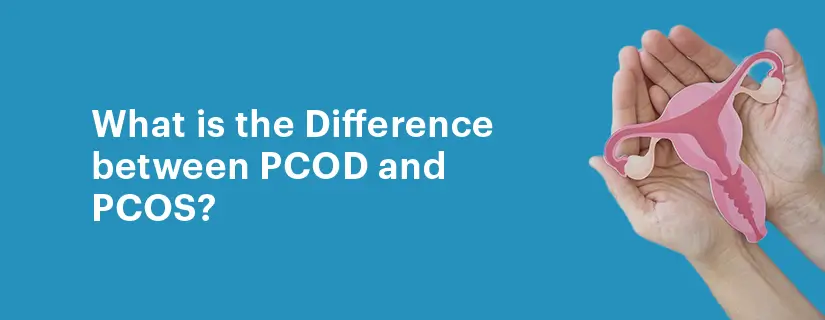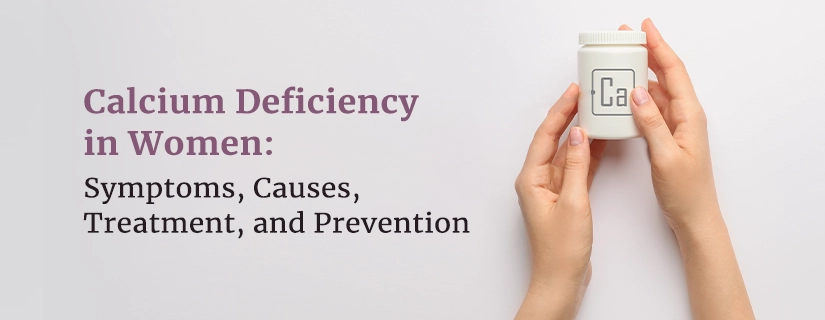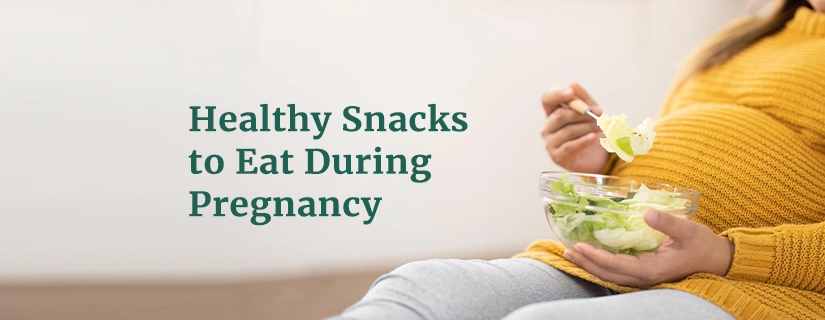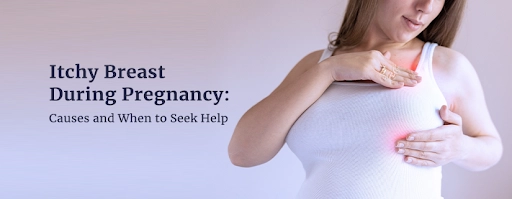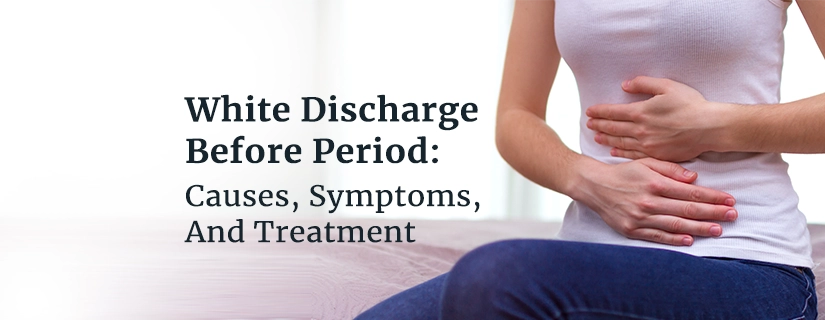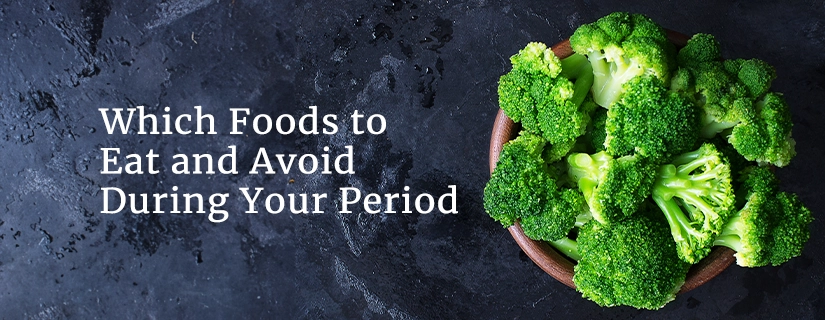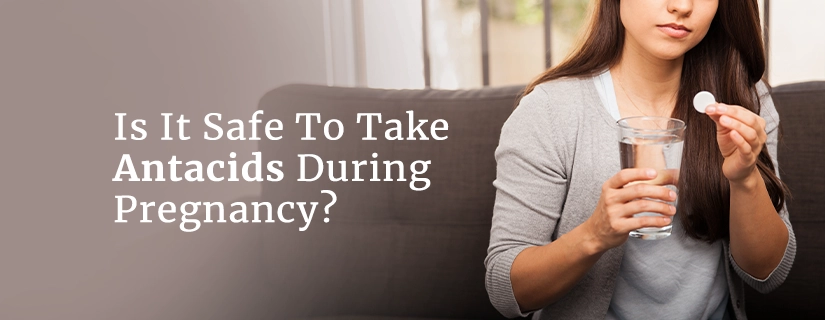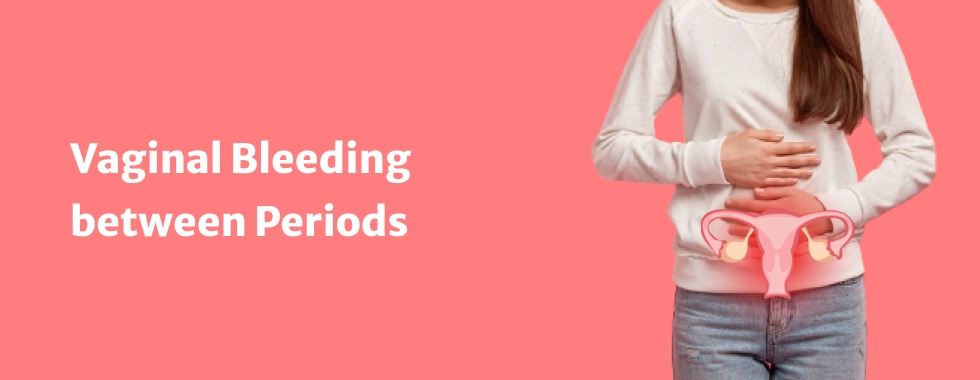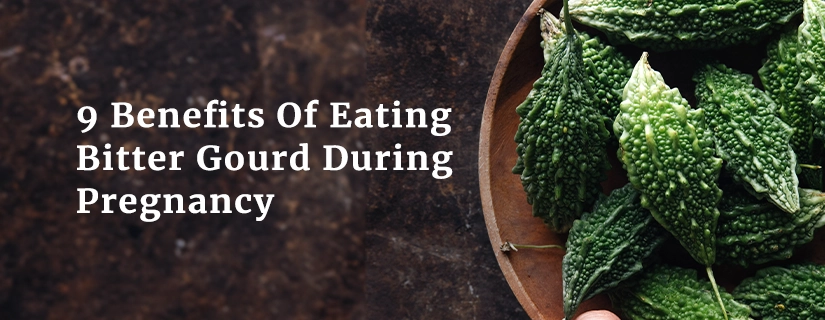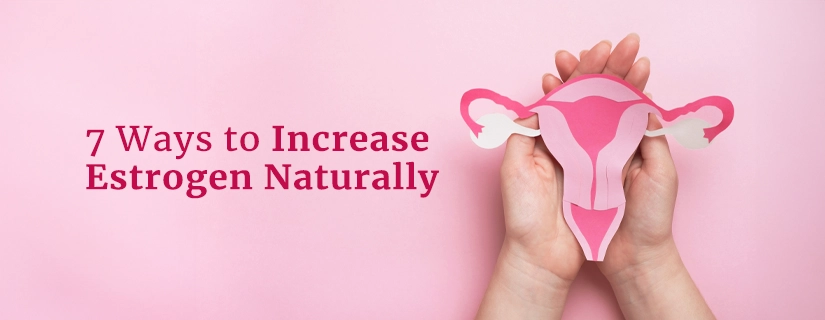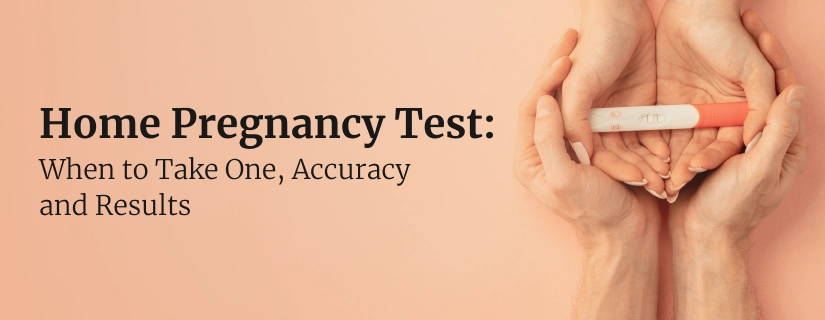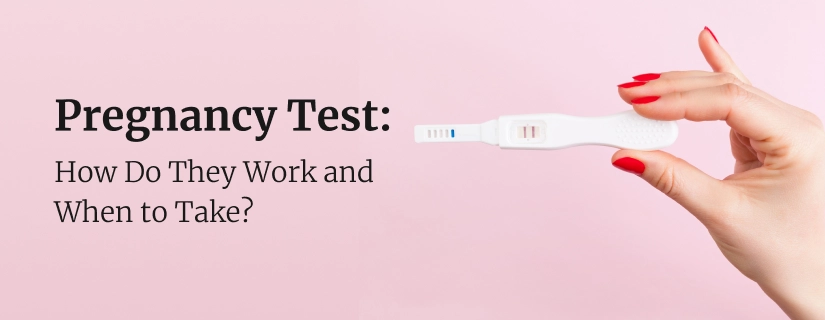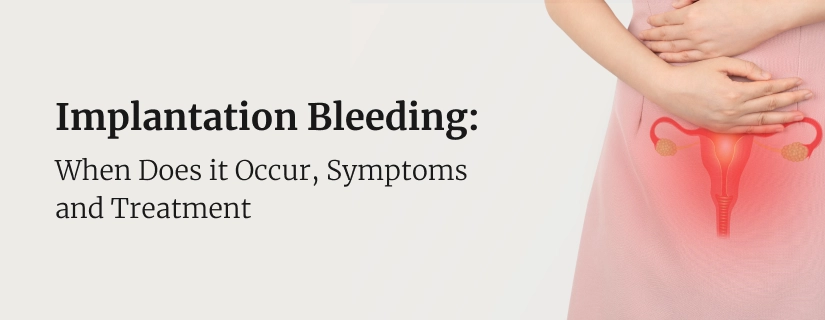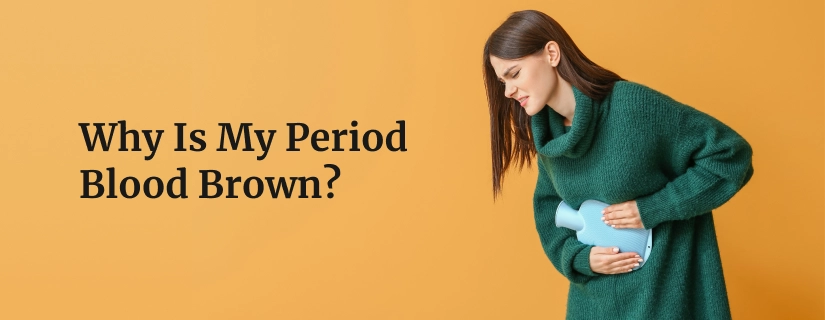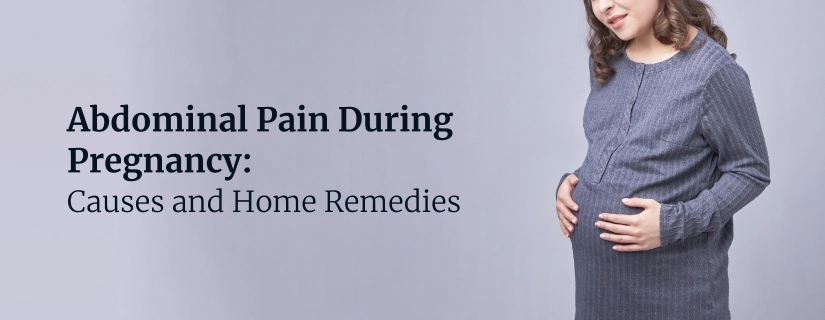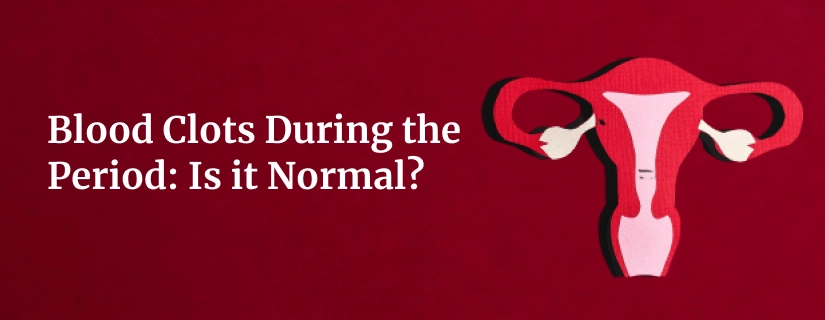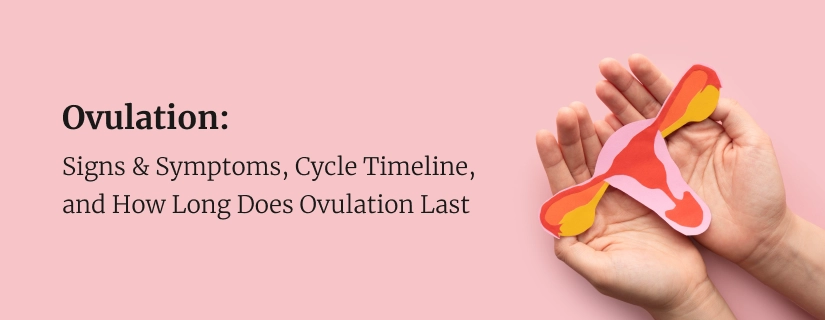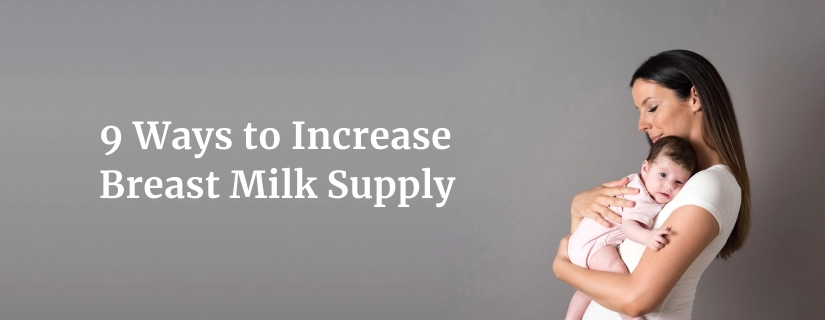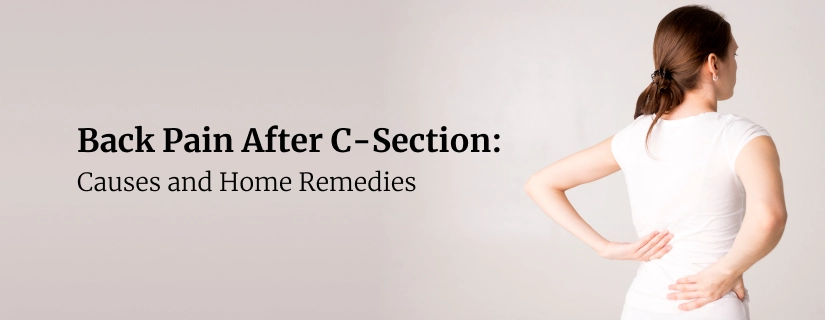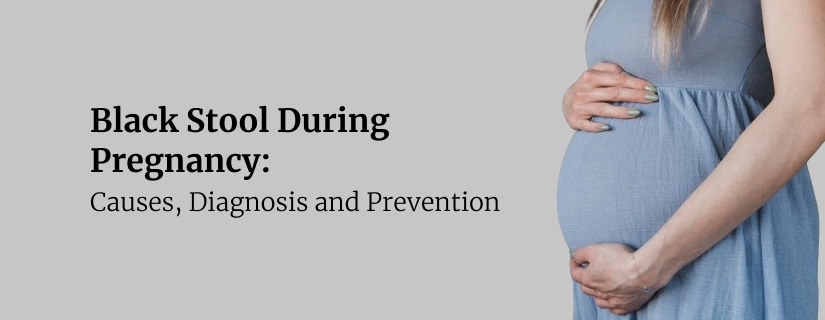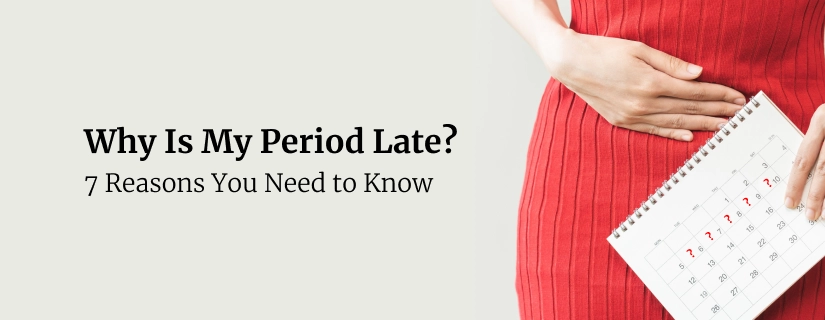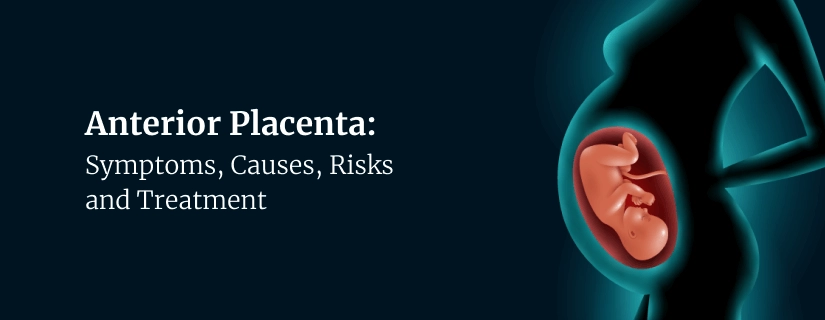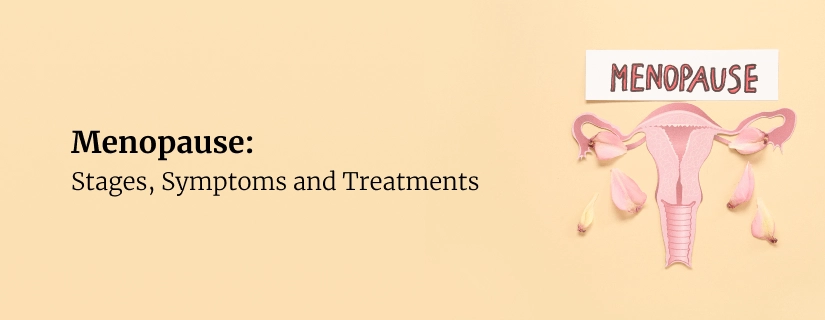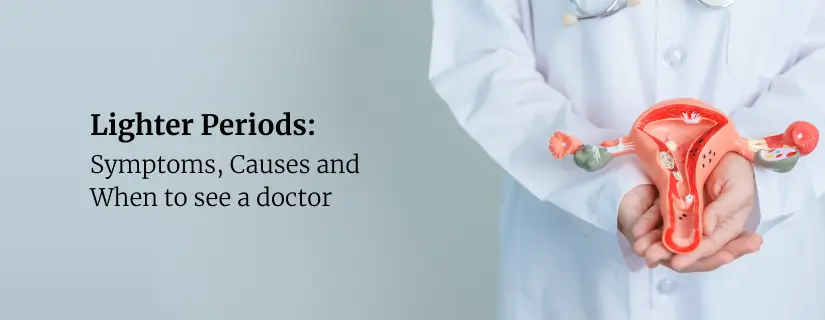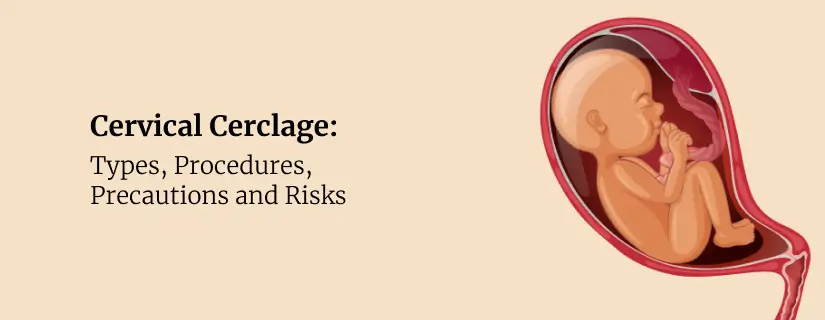-
Doctors
-
Specialities & Treatments
Centre of Excellence
Specialties
Treatments and Procedures
Hospitals & Directions HyderabadCARE Hospitals, Banjara Hills CARE Outpatient Centre, Banjara Hills CARE Hospitals, HITEC City CARE Hospitals, Nampally Gurunanak CARE Hospitals, Musheerabad CARE Hospitals Outpatient Centre, HITEC City CARE Hospitals, Malakpet
HyderabadCARE Hospitals, Banjara Hills CARE Outpatient Centre, Banjara Hills CARE Hospitals, HITEC City CARE Hospitals, Nampally Gurunanak CARE Hospitals, Musheerabad CARE Hospitals Outpatient Centre, HITEC City CARE Hospitals, Malakpet Raipur
Raipur
 Bhubaneswar
Bhubaneswar Visakhapatnam
Visakhapatnam
 Nagpur
Nagpur
 Indore
Indore
 Chh. Sambhajinagar
Chh. SambhajinagarClinics & Medical Centers
Book an AppointmentContact Us
Online Lab Reports
Book an Appointment
Consult Super-Specialist Doctors at CARE Hospitals
Vaginal Boils: Symptoms, Causes, Treatments and Home Remedies
Updated on 16 August 2024
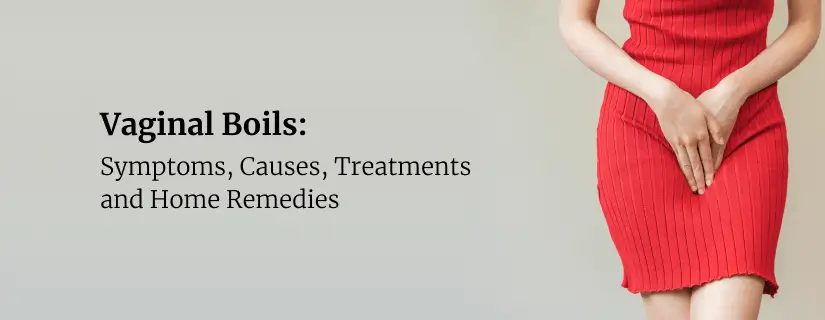
Have you ever experienced a painful, swollen bump in your intimate area? Vaginal boils can be an uncomfortable and distressing condition that affects many women. These localised skin infections occur when bacteria enter hair follicles or oil glands, leading to inflammation and pus formation. Understanding the symptoms, causes, and treatment modalities for vaginal boils is crucial for maintaining good reproductive health and overall well-being.
What are Vaginal Boils?
Vaginal boils, also known as furuncles or skin abscesses, are painful, pus-filled bumps that develop under the skin in the pubic area. They typically occur when the bacteria Staphylococcus aureus infects the sacs containing the roots of hair follicles and oil glands.
Causes and Risk Factors
Vaginal boils can develop due to various reasons, with bacterial infections being the primary cause. Here are the leading causes and risk factors associated with these painful bumps:
- Bacterial Infection: The most common culprit behind vaginal boils is the bacterium Staphylococcus aureus, often referred to as staph. This bacterium naturally resides on the skin's surface and inside the nostrils. However, it can lead to an infection and boils when it enters the body through cuts or insect bites.
- Folliculitis: In most cases, vaginal boils arise from folliculitis, an inflammation of the hair follicles. When a hair follicle becomes blocked or impacted, bacteria can enter and cause an infection, developing a pus-filled bump.
- Ingrown Hairs: Ingrown hairs, particularly in the pubic area, can also contribute to the formation of vaginal boils. If the ingrown hair causes an infection in the hair follicle, it can result in a boil.
- Skin Irritation and Friction: Tight-fitting clothing, especially undergarments made of non-breathable fabrics, can cause skin irritation and friction in the vaginal area. This can lead to small tears or openings, allowing bacteria to enter and potentially cause an infection.
- Poor Hygiene: Inadequate hygiene practices can increase the risk of vaginal boils. These include not washing the genital area regularly or failing to change sweaty or soiled undergarments.
- Close Contact: Coming into close contact with someone who has a boil or sharing personal items like towels or clothing can increase the risk of developing a vaginal boil.
- Weakened Immunity: Individuals with weakened immune systems, like those with diabetes or other chronic conditions, may be more susceptible to developing vaginal boils.
- Obesity: Excessive body weight or obesity can increase the possibility of developing boils, particularly in areas where skin folds rub against each other, creating friction and potential entry points for bacteria.
Symptoms
- Pain and Tenderness: A boil in the vaginal area might cause localised pain or tenderness. This can be mild discomfort to severe pain, especially when sitting or walking.
- Swelling: You may notice a lump or swelling near the vaginal opening or in the labia. This lump can vary in size.
- Redness and Warmth: The affected area might appear red and warm to the touch.
- Discharge: If the boil ruptures or drains, there might be pus or other discharge.
- Fever and Malaise: In some cases, especially if the boil becomes infected, you might experience systemic symptoms like fever, chills, or general fatigue.
Diagnosis
- Physical Examination: Your doctor will typically conduct a physical exam to assess the boil's size, location, and characteristics, as well as any signs of infection. They may use a speculum to visualize the area better.
- Medical History: The doctor will discuss your symptoms, sexual history, and other relevant health information.
- Imaging: In some cases, an ultrasound may be used to determine the size of the cyst or to rule out other conditions.
- Culture and Sensitivity Testing: If there is discharge, the doctor might take a sample to test for bacterial infections and determine the best antibiotic treatment.
- Ultrasound: Doctors sometimes may conduct an ultrasound if there's a concern about deeper abscesses or to differentiate the boil from other conditions.
Treatment Options
- Medical Treatment:
- Your doctor may recommend the following treatments for severe or recurrent vaginal boils:
- Antibiotics: Severe or recurrent infections may require antibiotic treatment to prevent future boils. Your doctor may also prescribe antibiotics after draining the boil to prevent secondary infections.
- Lancing and Draining: If the boil is extremely painful, large, or has a severe infection, your doctor will make a small incision on the boil to drain the pus and fluid. Boils with severe infections may need to be drained more than once using sterile equipment.
- Home Remedies
- Most vaginal boils will go away on their own within a week or two with proper home care. Here are some steps you can take to ease the symptoms and encourage the healing process:
- Apply a Warm Compress: Place a clean, warm, moist washcloth over the boil for 10-15 minutes. Repeat this process three or four times a day until the boil is gone.
- Wear Loose Clothing: Until the boil disappears, reduce friction in the area by wearing loose underwear and bottoms. Change into clean, dry undergarments after workouts.
- Clean and Protect: If the boil bursts, clean the area meticulously with mild soap and lukewarm water, apply an antibiotic ointment, cover it with a sterile gauze or adhesive bandage, and change the dressing daily.
- Avoid Popping or Pricking: Do not attempt to pop or pierce the boil, as this can release bacteria and spread the infection, potentially worsening the condition.
- Practice Good Hygiene: Wash your hands with antibacterial soap and warm water before and after touching the boil.
When to See a Doctor
While you can manage many vaginal boils at home, there are certain situations where it's crucial to seek medical attention:
- If the boil doesn't show any improvement after two to three weeks of home treatment
- If it continues to grow larger and more painful
- The development of multiple boils or a cluster of boils in the vaginal area
- Fever, chills, or cold sweats along with the vaginal boil
- If the boil grows rapidly or becomes extremely painful
- If the boil size exceeds 2 inches in width
- Recurrent boils in the vaginal area
Conclusion
Vaginal boils, while uncomfortable and sometimes concerning, are generally treatable conditions. Remember, proper hygiene and early intervention are key to managing vaginal boils effectively. While many cases can be treated at home, seek medical guidance if you experience severe symptoms or recurrent boils. By staying well-informed and proactive about your health, you can effectively manage vaginal boils and maintain overall vaginal health.
FAQs
1. How common are vaginal boils?
Vaginal boils are quite common. They develop when a hair follicle or oil gland in the vulvar area becomes infected with bacteria, typically Staphylococcus aureus. The vulva, which includes the labia and groin region, contains numerous hair follicles and oil glands, making it susceptible to boil formation.
2. What does a vaginal area boil look like?
A vaginal boil often starts as a small, red, pimple-like bump. It can rapidly develop into a swollen, painful lump with a white or yellow pus-filled tip within a few days. Some boils may remain small, while others can grow to be two inches or more in size. The affected area usually feels tender and warm to the touch.
3. How long does it take to heal?
Most vaginal boils will heal on their own within three weeks. However, the exact healing time can vary. Applying warm compresses can aid the boil drain on its own and speed up the healing process. In some instances, doctors may prescribe antibiotics for vaginal boil to accelerate healing.
4. Are vaginal boils contagious?
Yes, vaginal boils can be contagious since they are developed due to a bacterial infection that can spread through skin-to-skin contact. To prevent transmission, practice good hygiene, keep the affected area dry and clean, and do not share personal items like towels or clothing until the boil has healed completely.
5. What medicines are used to treat a boil near the vagina?
Antibiotics are sometimes used to treat vaginal boils, especially if they are severe or recurrent. However, not all boils require antibiotic treatment. Your doctor will determine if antibiotics are necessary based on the severity of the infection or if at-home treatment is sufficient to resolve the issue.
ENQUIRY FORM
SELECT CATEGORIES
-
Neurosciences (16)
-
Neurology (37)
-
Neurosurgery (14)
-
Orthopaedics (48)
-
Oncology (33)
-
Obstetrics and gynecology (52)
-
Pulmonology (23)
-
Urology (20)
-
Nephrology (13)
-
Psychiatry (7)
-
Dietetics and Nutrition (111)
-
General Medicine (63)
-
Cardiac Sciences (32)
-
Vascular & Endovascular Surgery and Interventional Radiology (15)
-
Gastroenterology (46)
-
Endocrinology (23)
-
Plastic Surgery (10)
-
Critical Care Medicine (5)
-
COVID-19 (16)
-
Dermatology (16)
-
Emergency Care (1)
-
Ophthalmology (4)
-
Pediatrics (14)
-
Laparoscopic and Bariatric Surgery (8)
-
ENT (15)
-
Kidney Transplant (1)
-
Liver Transplantation and Hepatobiliary Surgery (5)
-
General Surgery (3)
-
Internal Medicine (5)
-
Medicine Information
10 Signs your Period is Coming: Symptoms & How to Tell
Preterm Birth (Premature Birth): Symptoms, Causes, Treatment and Prevention
YOU MAY ALSO LIKE
RECENT BLOGS
-
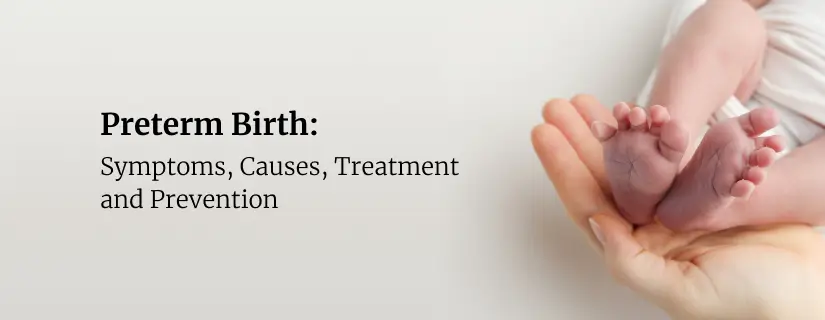
Preterm Birth (Premature Birth): Symptoms, Causes, Treatment and Prevention
13 May 2025
Read More
-
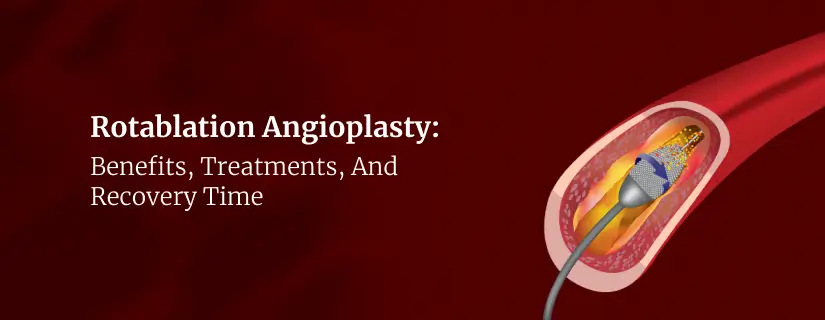
Rotablation Angioplasty: Benefits, Treatments, And Recovery Time
9 May 2025
Read More
-
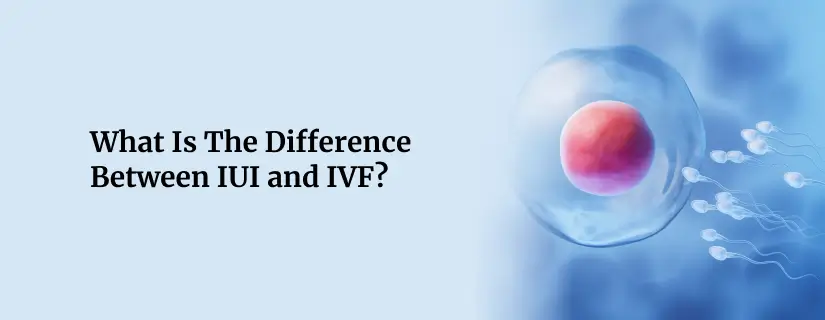
What Is The Difference Between IUI and IVF?
9 May 2025
Read More
-
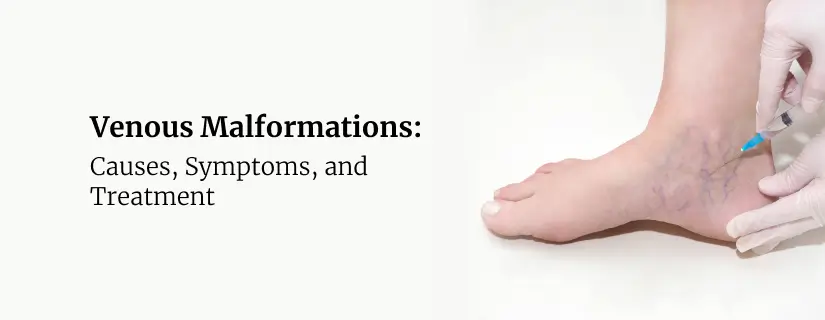
Venous Malformations: Causes, Symptoms, and Treatment
30 April 2025
Read More
-
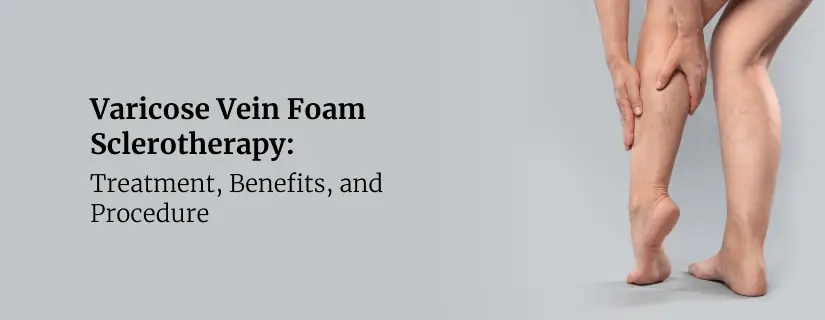
Varicose Vein Foam Sclerotherapy: Treatment, Benefits, and Procedure
30 April 2025
Read More
-
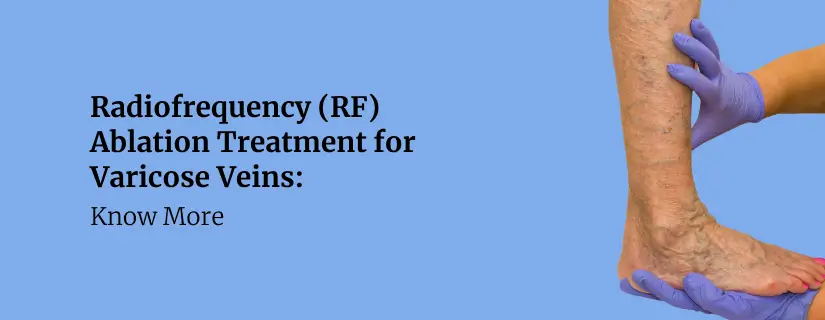
Radiofrequency (RF) Ablation Treatment for Varicose Veins: Know More
30 April 2025
Read More
-
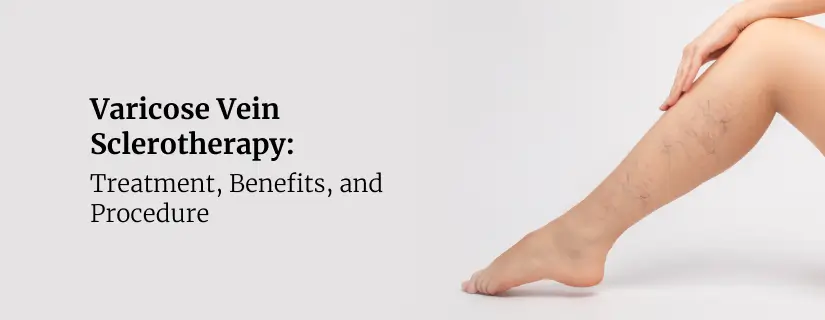
Varicose Vein Sclerotherapy: Treatment, Benefits, and Procedure
30 April 2025
Read More
-
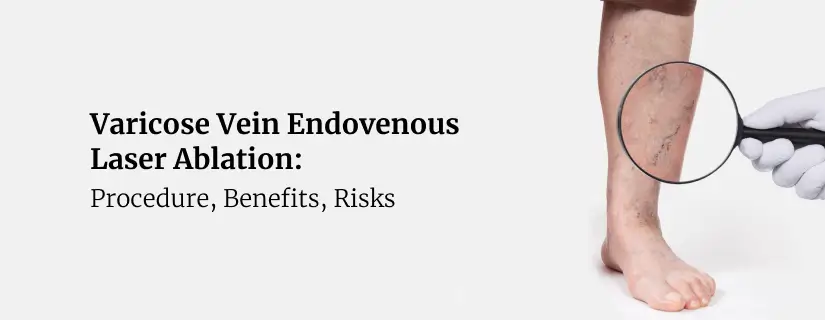
Varicose Vein Endovenous Laser Ablation: Procedure, Benefits, Risks
30 April 2025
Read More
Have a Question?
If you cannot find answers to your queries, please fill out the enquiry form or call the number below. We will contact you shortly.



